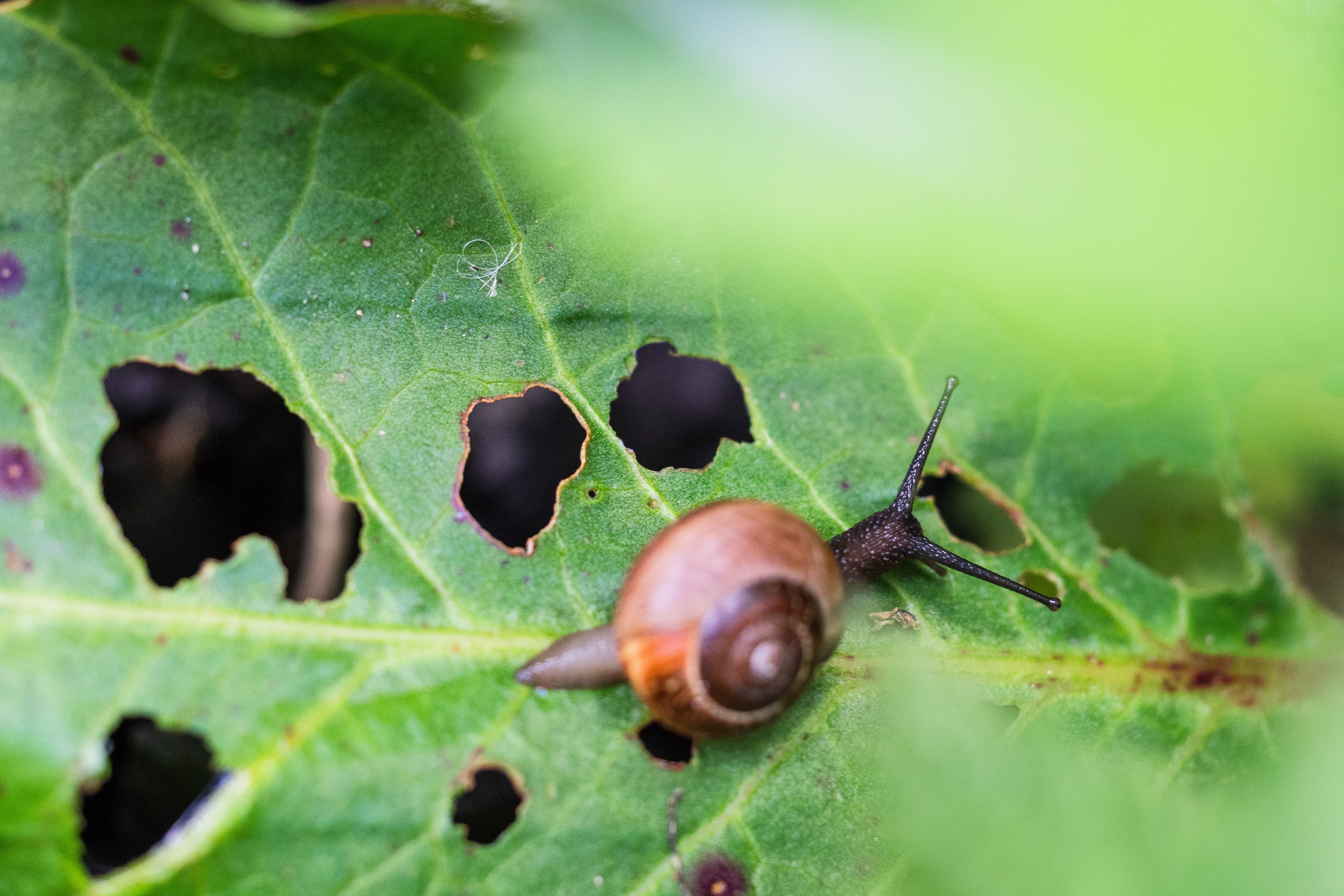Key Takeaways
- Erratic weather conditions enable invasive pests to expand their territory in the U.S.
- The National Pest Management Association (NPMA) provides information and prevention tips.
- According to a new survey, nearly 1 in 5 Americans have found invasive pests in their homes.
- Some invasive pests are capable of damaging property and transmitting diseases.
- Five specific invasive pests are highlighted as particularly problematic.
Invasive species are becoming a growing concern in the United States, especially as erratic weather conditions allow these pests to expand their territories. The National Pest Management Association (NPMA) is taking steps to educate the public by sharing key information and prevention tips for five invasive pests causing issues across the country.
The Growing Concern
Dr. Jim Fredericks, Senior Vice President of Public Affairs at NPMA, warns that invasive pests can easily get out of control due to the absence of natural predators in their environment. “If you suspect an invasive pest infestation in or around your home, immediately contact a pest control professional,” advises Fredericks. According to a new survey conducted by The Harris Poll for NPMA, nearly 18% of Americans have found invasive pests in their homes, and 17% are concerned about the threats posed by such species.
Five Invasive Pests to Watch
- Brown Marmorated Stink Bugs: First seen in the U.S. in 1996, these bugs are now found in 44 states. They are known for the foul odor they release when crushed and often seek refuge inside buildings during winter.
- Asian Tiger Mosquito: This mosquito species entered the U.S. in the mid-1980s and has spread to over 25 states. It can transmit harmful diseases like Eastern Equine Encephalitis (EEE), West Nile virus, Chikungunya, dengue fever, and Zika virus.
- Formosan Termites are known as “super termites,” the most destructive and aggressive termite species. They are primarily found in the southern U.S.
- Spotted Lanternflies: These pests pose a significant threat to agriculture as they feed on the sap of various trees and plants. They can sometimes aggregate on buildings or shrubs in infested areas.
- Asian Longhorned Ticks: First spotted in the U.S. in 2017, these ticks have been found in 16 states. Warmer temperatures are allowing tick populations to remain active into the fall.
Prevention and Control
NPMA recommends patching holes in door and window screens to keep stink bugs out, performing thorough tick checks after spending time outdoors, and scheduling annual termite inspections for residents in areas prone to Formosan termites.
Photo by Ante Hamersmit on Unsplash



1 Comment